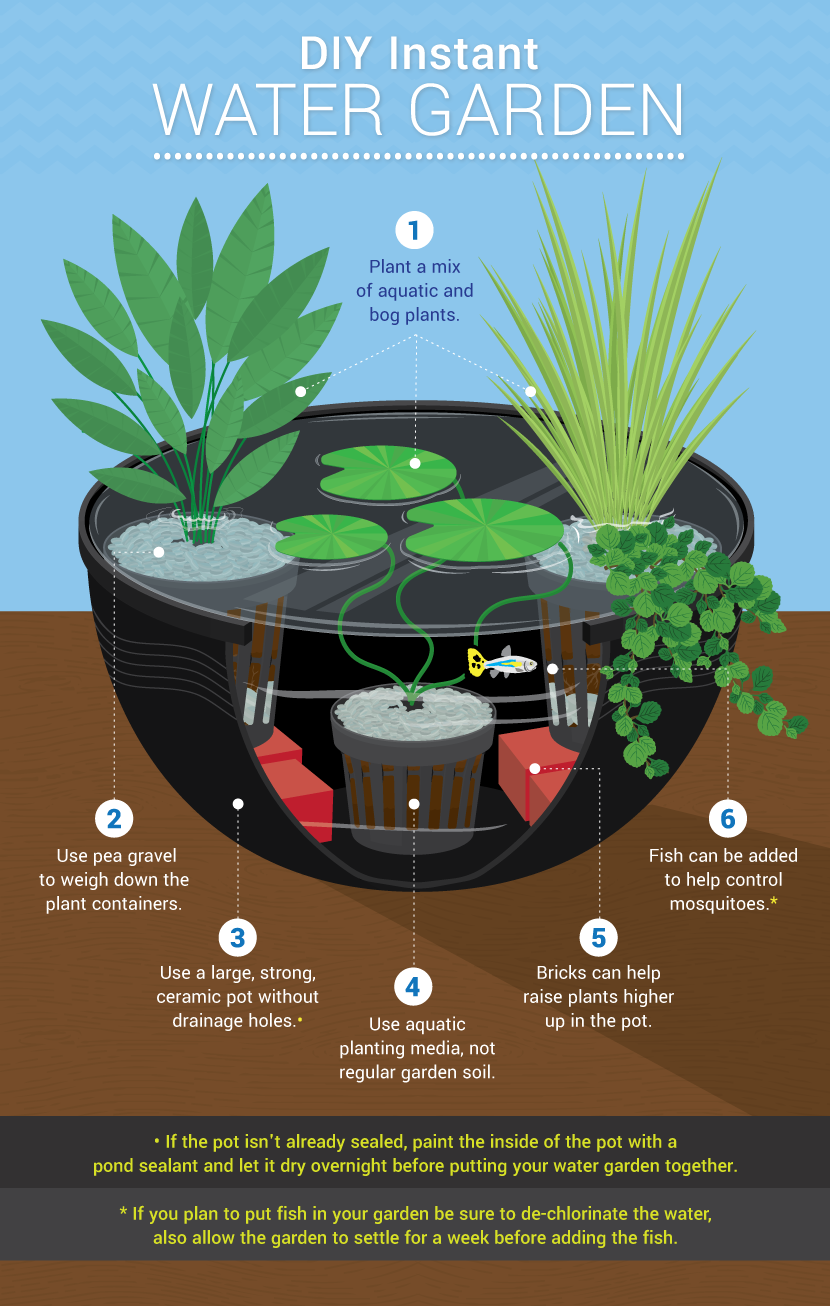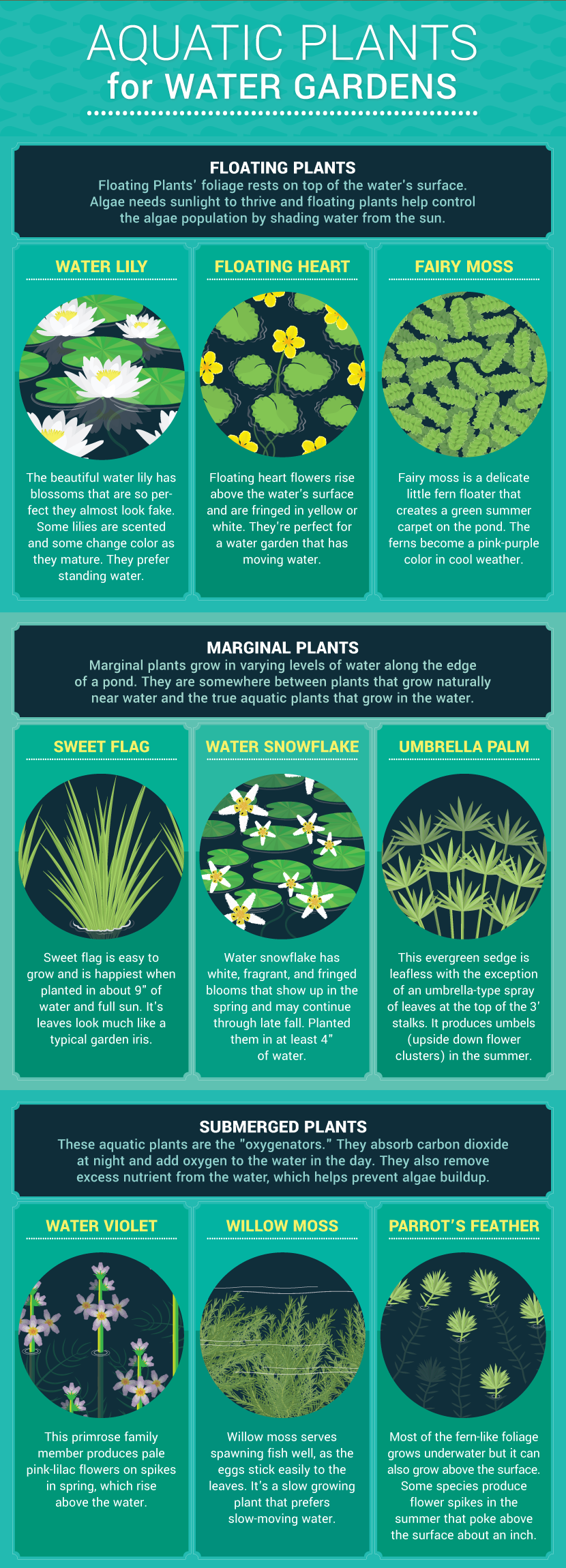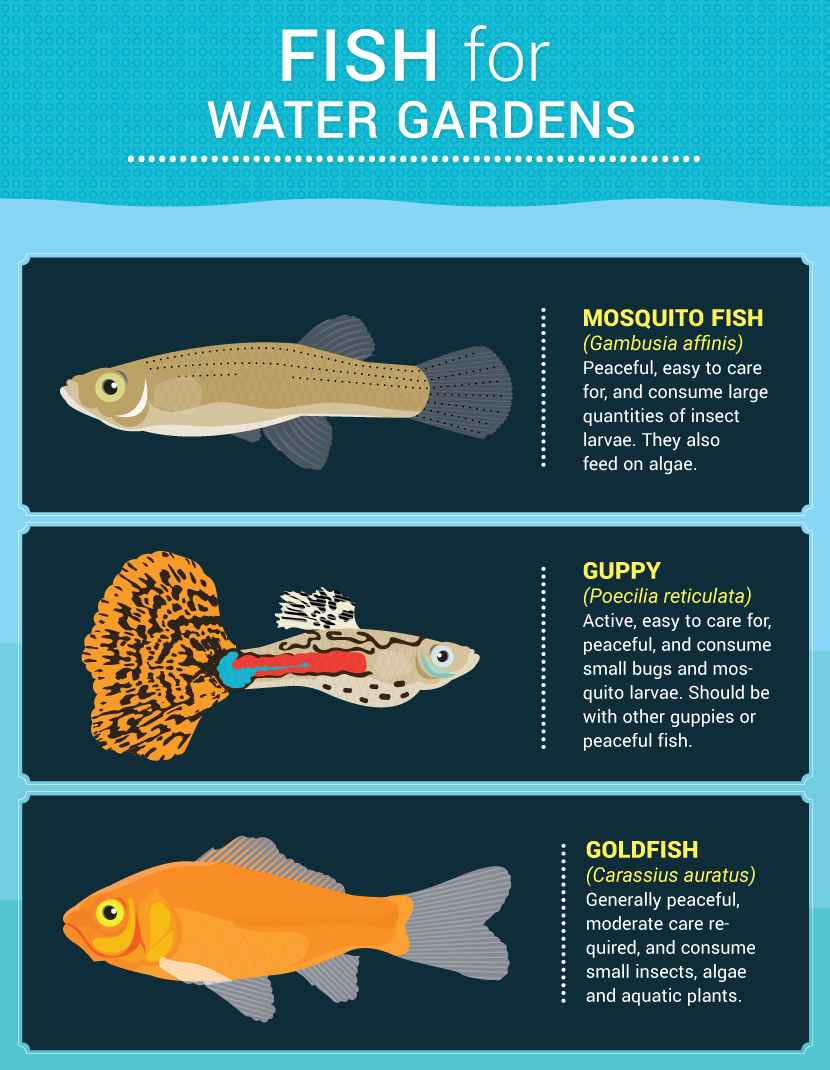Water Features for Small Gardens
How to Add Beauty, Movement, and Sound to Your Garden
Incorporating a water feature into your yard has a lot to offer the garden as well as the gardener. The most obvious impacts are beauty and ambiance.
A water feature provides further fascination through motion and sound – and running water cools the surroundings even in the hottest areas.
Flowing water charms the ear, its glimmering surface catches the eye, and, if the water feature is just beyond our vision, it stimulates the imagination.
It’s well documented that “white noise” (soothing background sounds) has a calming effect on the brain. Even the smallest trickle of water will produce this.
Water features are also irresistible to local wildlife. Necessary to their survival, water draws birds, bees, butterflies, dragonflies, lizards, and other beautifully wild things to the garden.
Of course, any water feature also becomes an instant focal point for the garden.
Small-Space Water Features
There are many ways to add a water feature or two to your small-space garden or yard. Many of them are quite simple and can be created in hours.

Water Gardens
Water gardens, by definition, are containers filled with water in which water plants are planted and grown. Many people also add a few fish for interest or to keep the mosquito larvae in check (especially if the water isn’t moving).
I consider water gardens living art in the landscape. You can create a container water garden using a tub, water trough, old bathtub, ceramic planter, or even an oversized glass bowl.
If you'd like to use a wooden half-barrel, you’ll want to place a preformed plastic liner inside of it before creating the garden. Some of these wooden barrels have bacteria that is unhealthy for plants, as well as fish (if you’re adding them).
All of these containers make a water garden temporary and transportable.
Fish are also appropriate for these container gardens. Before you add them, be sure to plant the water garden and let it stabilize for a couple of weeks.
If you are filling the water garden with tap water, you may need to add a dechlorinator to the water before adding your fish.
Because some tap water will kill fish almost instantly, your fish’s lives depend upon you remembering this step.
Freestanding and Wall Fountains
Water gardens’ creative flexibility makes them perfect for apartment balconies or a rental home. They can be permanent or temporary, large or small, simple or intricate.
If you’re a fan of simpler projects, fountains are easy and beautiful. You can’t go wrong with a trickling freestanding or wall fountain. Usually the first image one gets from the word “fountain” is the quintessential three-tiered standby.
While we still love a standard freestanding cement fountain, there is so much more to choose from.
There are other unique, freestanding fountains such as bubbling urns, watering cans, graduated cylinders, and bowls.
One of my favorite fountain styles are wall fountains. No matter how long we stare at a fountain mounted on a wall or fence, they continue to hold a mystery that keeps us transfixed.
Wall fountains have designs with a forced water stream that drops into a tub, bowl, or even into the backyard swimming pool.
Then there are those that are created with a delightful “disappearing” water scheme. Keep in mind that a bubbling fountain with a large tub can double as a water garden, as well.

Small Ponds
Some small yards are perfectly capable of holding a pond. In fact, for many, it’s exactly what the garden is missing.
The easiest way to build a small pond is with a prefabricated liner. Your local garden center will have them available in several different shapes.
Rigid, ready-made ponds have an irregular shape, which gives the pond a natural feel once it’s in place in the yard.
Once the prefab pond is in place, it’s a simple task to “disguise” the edges by placing soil, rocks, and plants, in order to create a natural setting.
A pond can also be created from scratch by digging a hole into a desired shape and then lining it with a thick, flexible plastic liner. Indeed, a more difficult route, but it’s another option.
Choose an area for your small pond that receives good sunlight and isn’t under many trees.
Most people understand that deciduous trees will drop all of their leaves come fall, but even evergreen trees such as pines evergreens will drop their needles here and there.
The best-looking ponds aren’t covered in leaves or needles.

Birdbaths
Birdbaths are the quickest way to add water to a small area of your yard or garden. There’s a gorgeous array of them available and they’re cheaper than many other water features.
Keep an eye out for birdbaths made of cement, ceramic stone, glass, ceramic tiles, and copper. There’s a birdbath style and theme to please every gardener.
Birds, bees, and butterflies will be more than happy to put them to good use. As far as wild critters are concerned, the more shallow the birdbath, the better.
If the bowl on the bath isn’t extremely shallow or the depth doesn’t gradually increase (making it easier on birds to climb out),
feel free to add some river rocks or gravel in the center of the bowl where the water collects. It’ll make it easier for wildlife to bathe and drink from it.
Keep the water in the bath clean, fresh, and cool and be prepared to witness a wide variety of birds! While different bird seeds attract certain species, water attracts every species.
The most attractive water of all is water that is moving. Provide water that’s dripping or sprinkling and you’ll never lack feathered entertainment.
Word of Caution: Water is always a potential danger to children and pets. If there is any chance at all that young children will be in your garden or yard unsupervised, I urge you to consider not incorporating a water feature into your garden plan.
It simply isn't worth it.
If you feel confident about your decision to add a water feature, a safer alternative to standing water is a wall fountain or one in which the water “disappears” into a reservoir of large stones, etc.
Embed the article on your site

